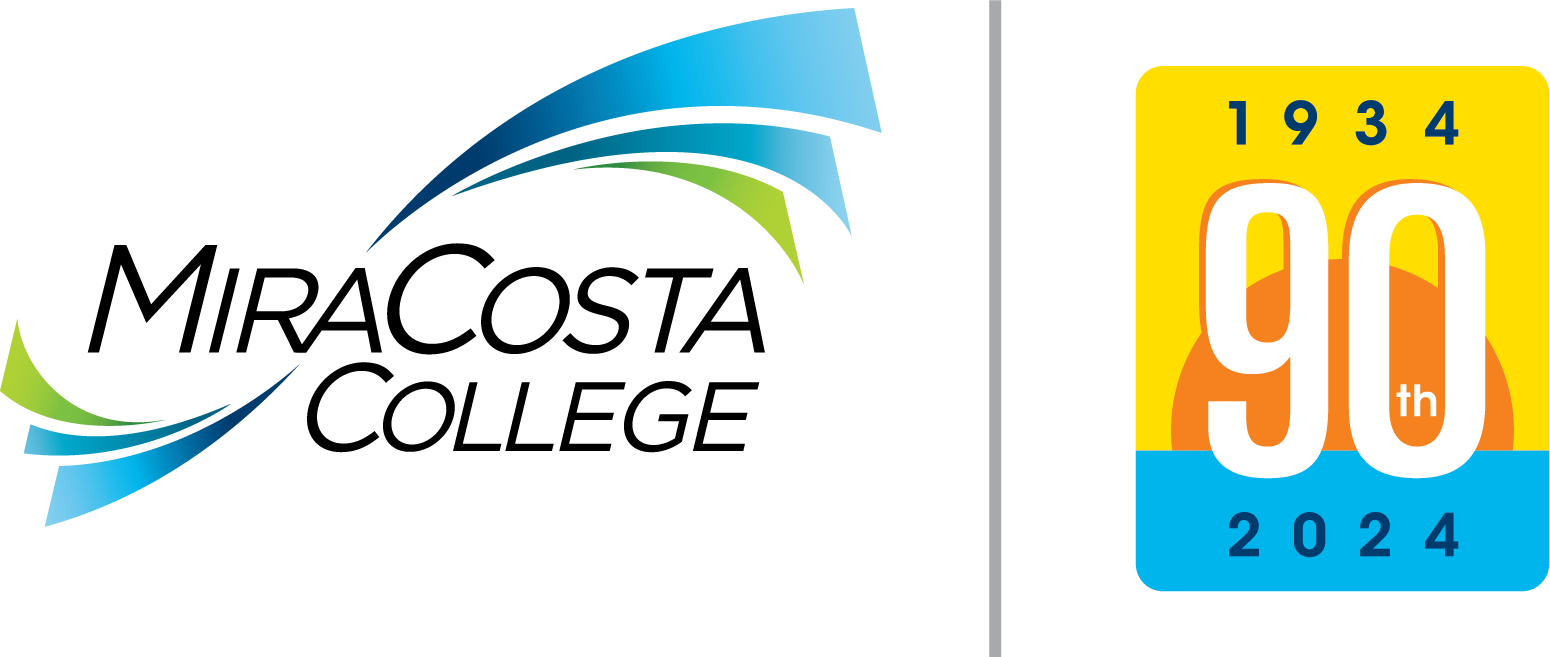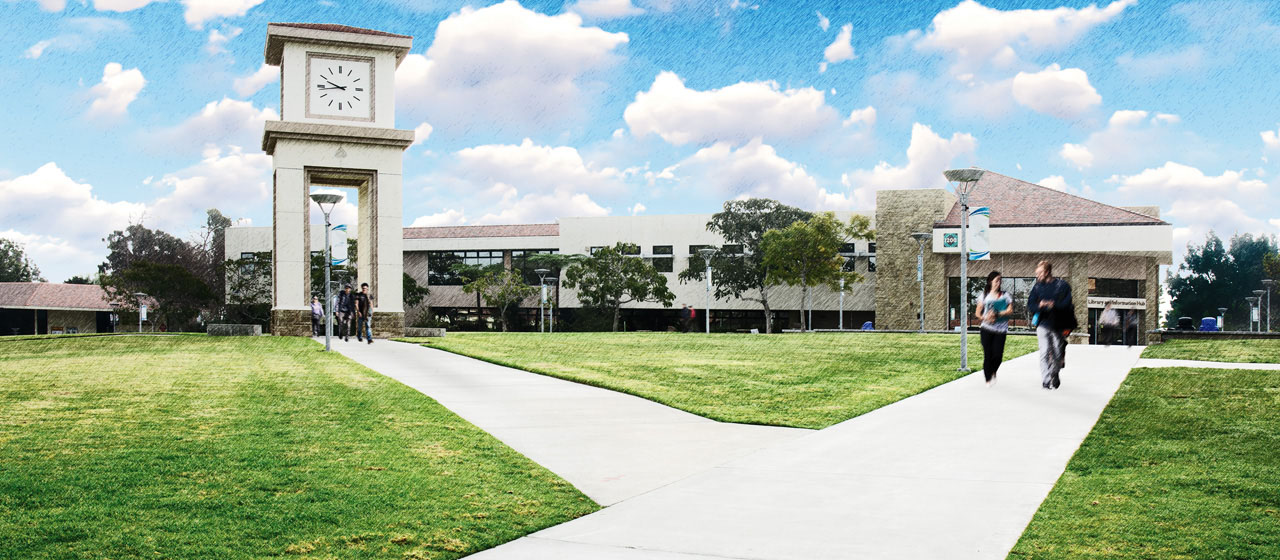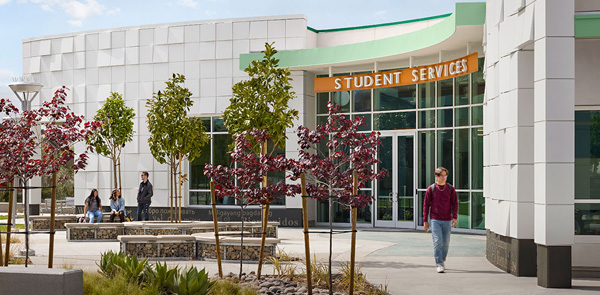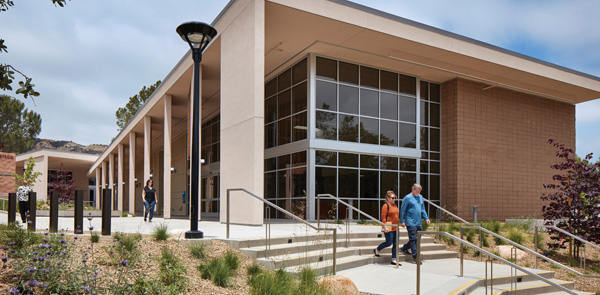MiraCosta College uses the following definitions as guides to determine what constitutes a bias related incident. While these definitions are used to determine what falls into the category of bias incidents, it is important to note that it should not be used to interpret whether or not a law has been violated.
What is a Bias Incident?
Bias incidents refer to conduct, speech, images, or expression that demonstrate conscious or unconscious bias, which targets individuals or groups based on their actual or perceived race, nationality, ethnicity, religion, age, disability, gender, gender identity or expression, genetic information, sexual orientation, veteran or military status, or other legally protected characteristics.
A bias incident is different from a hate crime in that a bias incident does not necessarily involve criminal activity. Examples of bias incidents include hate speech, offensive graffiti, verbal abuse, disparaging remarks on social media, and distribution of hate-based literature. Such incidents create a socially divisive atmosphere for members of the campus community and negatively affect the campus climate.
What is a Hate Crime?
The State of California has defined a hate crime as a “criminal offense against a person or property, or interference with someone else’s civil rights, motivated in whole or in part by an offender’s bias against a race, religion, disability, ethnicity, nationality, gender or sexual orientation.”
Offensive speech in and of itself is not a crime and is generally protected by the First Amendment, with some very limited exceptions. When an allegation of a hate crime is made on campus, the MiraCosta College Police Department (MCPD) will respond, investigate, and engage other law enforcement officials as needed.
Federal law mandates that colleges and universities annually report certain crimes that occur on campus or near campus. The crimes must be reported as hate crimes if they manifest evidence that the victim was intentionally selected because of the victim’s actual or perceived race, gender, religion, sexual orientation, ethnicity or disability.
What is Free Speech?
Free speech includes, but is not limited to, the right to:
- speak or not speak;
- free expression;
- protest war;
- engage in speech that is not disruptive to the campus community;
- use offensive words or phrases to convey political or controversial messages.
Speech that promotes an unlawful end is excluded from First Amendment protection. For example, each of the following exceptions are very specifically and narrowly defined under the law as follows:
- promoting actual violence or harm;
- fighting words;
- true threats;
- expression that constitutes criminal or severe harassment;
- defamation; or
- false advertising.
Although the expression of an idea or point of view may be offensive or inflammatory to some, it is not necessarily a bias incident. MiraCosta College values and embraces the ideals of freedom of inquiry, freedom of thought, freedom of expression, and the open exchange of ideas. In particular, the expression of controversial ideas and differing views is a vital part of academic discourse on a college campus. While this value of openness protects controversial ideas, and sometimes even offensive and hurtful words, it does not protect harassment or expressions of bias or hate aimed at individuals or groups of people.





